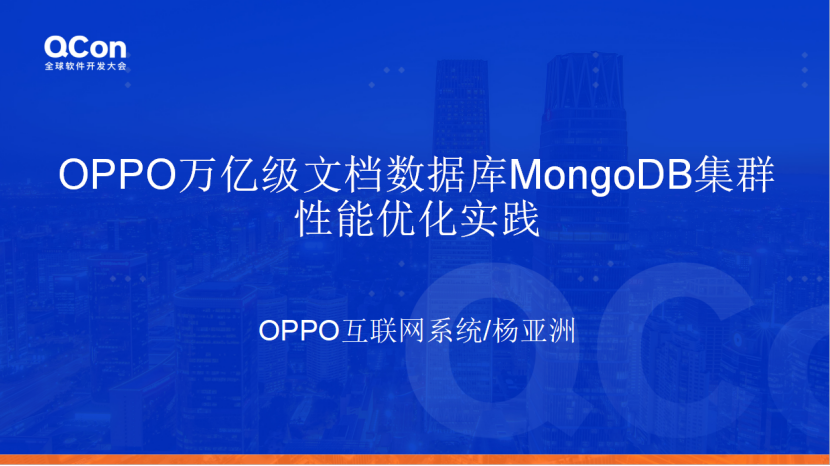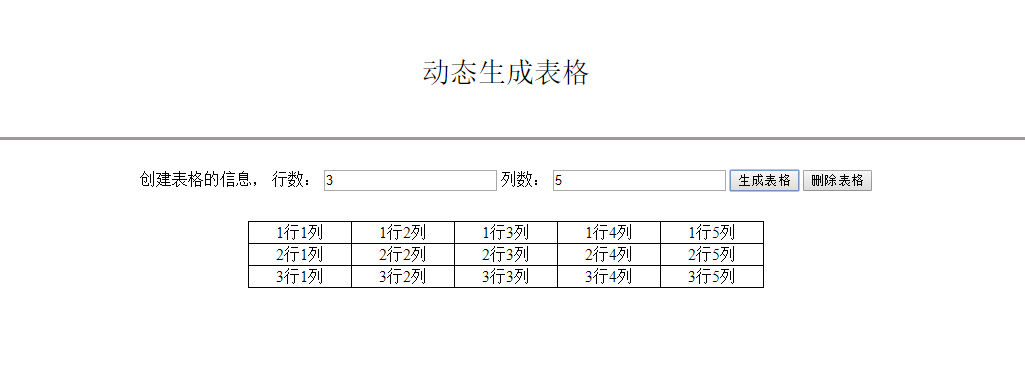I am new in openERP and have an interview. Please explain the idea of different types of inheritance in openERP, i think it total 3 types. please explain it in very simple way from the perspective of interview.
P.S: I am familiar with the concept of simple inheritance.
问题:
回答1:
Inheritance :
Inheritance mechanism is used to create idea of re usability.there re usability means that reuse the code of the parent class in any Object Oriented Programming.
Advantages :
- Reduce code redundancy.
- Provides code reusability.
- Reduces source code size and improves code readability.
- Code is easy to manage and divided into parent and child classes.
- Supports code extensibility by overriding the base class functionality within child classes.
Disadvantages :
In Inheritance base class and child classes are tightly coupled. Hence If you change the code of parent class, it will get affects to the all the child classes.
In class hierarchy many data members remain unused and the memory allocated to them is not utilized. Hence affect performance of your program if you have not implemented inheritance correctly.
There are two way to inheritance in OpenERP.
1.Classical Using Pythonic Way :
It allows to add specific "generic" behavior to Model by inheriting classes that derive from orm.Model like geoModel that adds goegraphic support.
class Myclass(GeoModel, AUtilsClass):
Using _inherit :-
The main objective is to add new behaviors/extend existing models. For example you want to add a new field to an invoice and add a new method
class AccountInvoice(orm.Model):
_inherit = "account.invoice"
_column = {'my_field': fields.char('My new field')}
def a_new_func(self, cr, uid, ids, x, y, context=None):
# my stuff
return something
override the existing method :
def existing(self, cr, uid, ids, x, y, z, context=None):
parent_res = super(AccountInvoice, self).existing(cr, uid, ids, x, y, z, context=context)
# my stuff
return parent_res_plus_my_stuff
2.Polymorphic Way :-
Using _inherits :-
When using _inherits you will do a kind of polymorphic model in the database way.
For example product.product inherits product.template or res.users inherits res.partner. This mean we create a model that gets the know how of a Model but adds aditional data/columns in a new database table. So when you create a user, all partner data is stored in res_partner table (and a partner is created) and all user related info is stored in res_users table.
To do this we use a dict: _inherits = {'res.partner': 'partner_id'} The key corresponds to the base model and the value to the foreign key to the base model.
As same through XML you can do the inherit the Odoo views (like Form view,Tree view,Search View etc ..) and you can also change the behaviour from the view
Key point :
The above two method can be apply on the Odoo server side and which you can change the behaviour of existing view or any other things you can change in Odoo views the effect with on your client side.
I hope this should helpful for you ..:)




